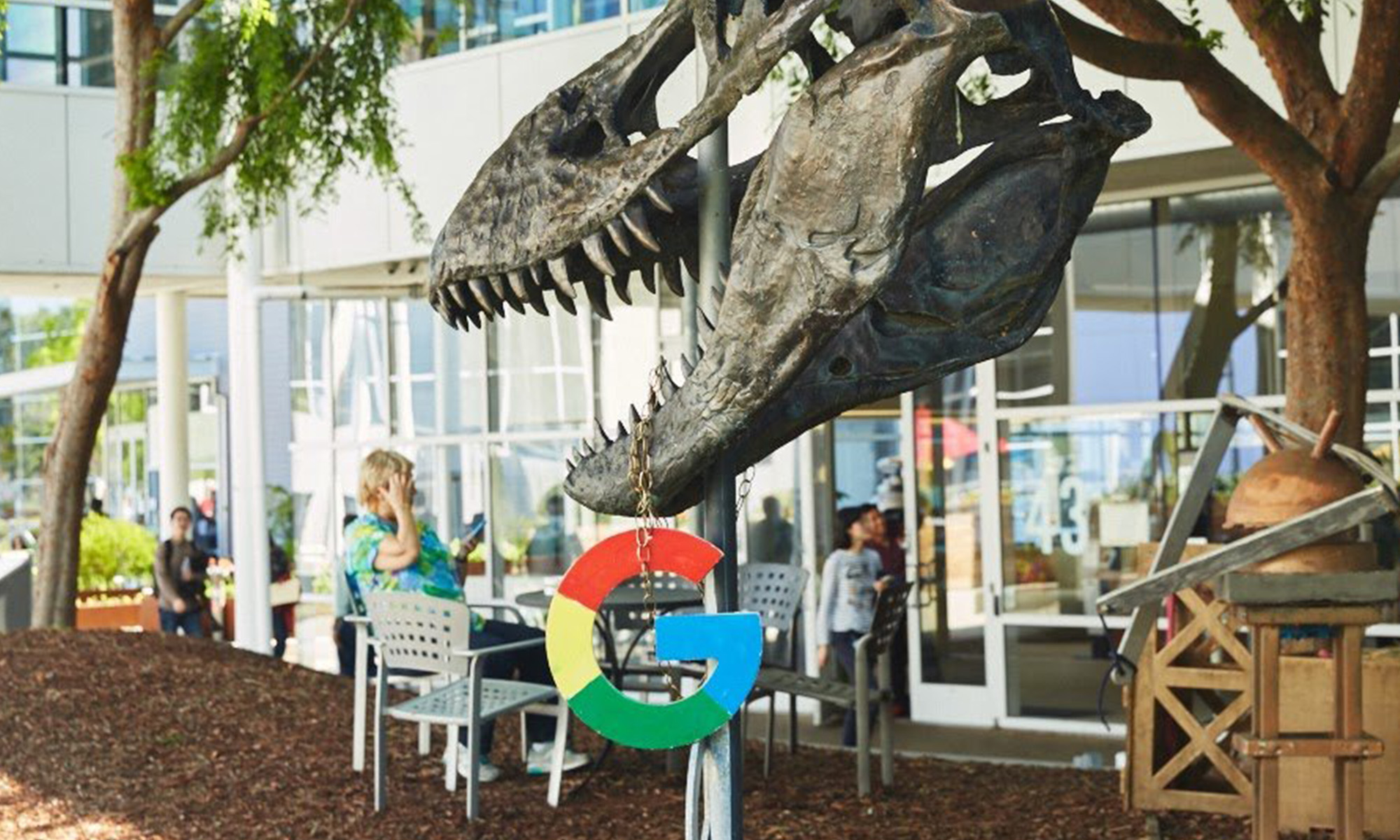First introduced in 2014, Facebook (FB 0.41%) announced today that it will be killing off the Trending section of the service, the topics displayed on the upper right-hand corner of the desktop interface. The company says that Trending was only available in five countries and didn't really help drive traffic to publisher partners -- just 1.5% of clicks on average. Facebook says users have found it to be "less and less useful" over time and will be removing Trending next week as well as any third-party integrations that use the Trends API.
Instead, Facebook will be testing new ways for users to get news on the platform, such as a Breaking News label, a Today In section, and a news section in the Watch video platform. In shuttering Trending, Facebook is removing one of the most controversial products.

Image source: Facebook.
Trending sparked allegations of political bias
The controversy first surfaced in 2016, when former Facebook contractors told Gizmodo that they "routinely suppressed news stories of interest to conservative readers." These workers helped curate the Trending section, and also confessed that they were instructed to insert specific stories into Trending, even if those topics were not actually trending. Facebook eliminated human curation in favor of the almighty algorithm just a few months after that report.
The report opened up all sorts of political controversy that has dogged Facebook ever since, with allegations of political bias and accusations that Facebook was effectively censoring conservative viewpoints. Earlier this year, Republican Senator Ted Cruz even brought up the Gizmodo article specifically when CEO Mark Zuckerberg sat through a two-day congressional grilling over the Cambridge Analytica scandal, even though the Trending controversy wasn't at all relevant to the data privacy scandal at hand.
More trouble than it's worth
It's clear that the Trending section has proven to be far more trouble than it's worth. Not only has Trending created a long-standing controversy that only feeds other conspiracy theories about the social network, it wasn't even really creating much traffic for publisher partners.
Facebook successfully transitioned to a mobile-centric company years ago, with mobile now representing over 90% of ad revenue these days. On mobile, Trending is buried within the growing sidebar of the app, which is to say that most mobile users probably don't even know it's there. Facebook started testing Trending directly in the mobile News Feed about a year ago, but those types of tests generally only affect a very small number of users.
In other words, Trending was predominantly a desktop feature, which explains the poor traffic referral rates since users increasingly access Facebook exclusively through the mobile app. Facebook used to disclose mobile-only monthly active users (MAUs) but stopped after 2016. The last time that metric was disclosed (Q4 2016), over 60% of MAUs were mobile-only MAUs. The proportion is likely higher today, considering the trend.

Data source: Facebook and author's calculations. Chart by author.
So yeah, no one is going to miss Trending, and Facebook has plenty of other, much larger controversies to deal with right now.






